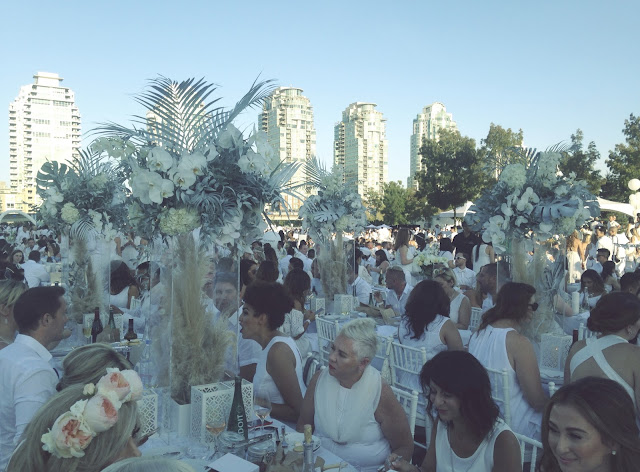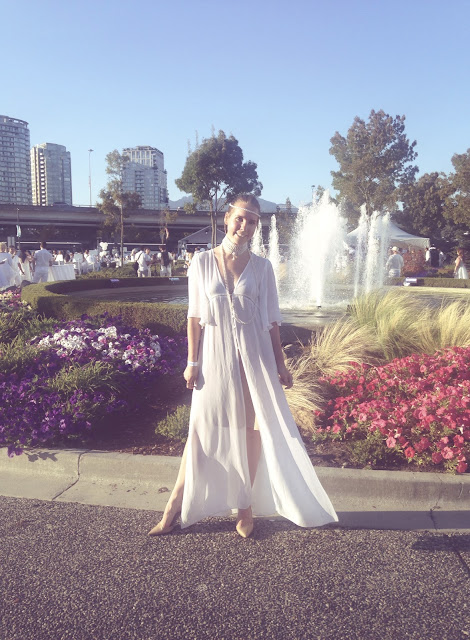 |
| Best Friends Fashion Film by Rachel Antonoff |
“Best friends are a natural phenomenon seen all over the
world.” speaks the narrator in a bland, scripted tone reminiscent of a
nature-style documentary. “(They) are humans that have chosen to attach
themselves just as closely as family,” the voice-over continues to study the
domestic habits of two girls as if they are a pair of marsupials in the wild.
The ladies in question, like many young women today, have substituted romantic
intimacy with a modern day codependent friendship, replete with chaperoned dates,
simultaneous bathroom use, and discussing every monotonous detail of their
lives. They are also decked out in incredibly chic garments all from
Rachel Antonoff’s Fall 2013
Collection. It is a short fashion film unmistakably targeting today’s
twenty-something misfits and features the writing of Lena Dunham, which is the
equivalent of speaking in hipster tongue to millennials. It is entertaining. It
is evocative. It is Antonoff’s alternative to participating in New York Fashion
Week.
 |
| CANIFFF Award Winner 'Vogue Korea presents MUK BANG', a tribute to the Korean movement, muk bang, in which a person eats massive quantities of food while live streaming to an interactive audience. |
According to Katrina Olson-Mottahed, Co-Founder of the
Canadian International Fashion Film Festival (CANIFFF), this may be the way of
the future for emerging to mid-level brands. “I think the idea of runway shows
is dated and very costly (...) Brands like Chanel, Fendi and Dolce &
Gabbana will probably continue to have shows for the next decade, because those
brands are built on tradition.” Whether or not a fashion film festival, like
the recently launched CANIFFF, could entirely replace a fashion week is tough
to speculate, says Olson-Mottahed.
Designers are looking more and more to alternative avenues
for presenting their collections outside of fashion week, and even doing away
with runway altogether. “[Designers] are doing more pop-up, experiential type
of fashion shows. There have even been fashion shows that are only virtual
reality,” Olson-Mottahed, told
The
Calgary Herald. These efforts are largely in response to the
well-established omnipresence of social media. “We have designers, retailers,
and everybody complaining about the shows. Something’s not right anymore
because of social media. People are confused,” Diane von Furstenberg, CFDA
chairwoman,
told
WWD.
 |
| Louis Vuitton Spring/Summer 2016 Runway Show and Typical Accompanied Mobile frenzy |
The out-of-sync seasonal output of designers made sense
commercially before bloggers and editors sat front row instantly uploading
runway looks to their Snapchats and Instagrams. This twentieth century
distribution model has been disrupted by disgruntled customers whose patience
gets put to the test with every fashion week. In February, fall collections are
presented; in June, Resort collections are shown, and finally in September,
Spring collections are shown. The result is that customers are given three or
more seasons of designs, trends, and concepts to mull over before they’re even
given the opportunity to purchase one.
Rebecca
Minkoff has become one of the first designers to show her collections
during the actual seasons in which they are available in stores. If this rogue
independent in-season showing of collections is to become the norm or
Antonoff’s quirky film productions, one wonders if the original purpose of
fashion week continues to be served.
 |
| New York Press Week, 1943. The First Fashion Week - No Mobiles Here. Just Paper and Pens at the Ready! |
The real point of Fashion Week was to help designers reach
an international audience, and allow editors, writers, and buyers to see the
country's top design talent within an expedient time frame and within a single
space. This occurs several months before the collections are released to allow
everyone time to plan their buying and select their looks for their editorials.
America, in particular, formed press week (the precursor to fashion week) in
reaction to sentiment that there was an overwhelming dependence on French
couture for inspiration. American designers needed their own platform to
influence the public and shape their own trends. Back then, they were not even
credited by name before press week, instead having their work promoted under a
label or retailers.
In the age of the internet, is fashion week necessary to
achieve these ends?
Fashion
insiders in Toronto don’t seem to think so, instead viewing the recent
folding of Toronto Fashion Week as an opportunity for alternatives. Could
fashion film be this alternative? Video consumption is at an all-time high and is
now seen as an extremely effective marketing tactic. It’s a powerful way to
communicate your brand’s story and build a relationship with consumers.
Including video in an email can lead to a
200-300%
click through rate, making it the ultimate lead generator for many
companies. Fashion films are primarily seen online and can have a huge reach
when they go viral, but they can also lend themselves to forming a similar
community as fashion week, if screened at a hosted event, like CANIFFF. “It is
a different feeling watching them in a theatre around like-minded individuals.
I like discussing them after the screenings,” says Olson-Mottahed. And like the
founders of press week in America, Olson-Mottahed sees potential for fashion
film to give Canada a greater identity at home and abroad. “We want to reach as
many Canadian filmmakers, designers and creatives in the fashion industry here
as possible. Then hopefully bring (the films) to everyone's eyes here and at
the other fashion film festivals around the world.”
Read my coverage of CANIFFF for Magnolia Magazine here.
























